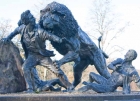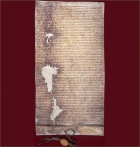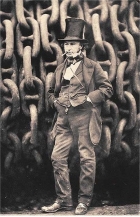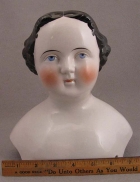Using Sources
It is important to use a wide range of sources such as pictures, artefacts, music and sights. Children will use these to build up their enquiry thought and processes and to build up their understanding of past.
Sort by:
Date (Newest first) | Title A-Z
Show:
All |
Articles |
Podcasts |
Multipage Articles
-

Thematic or topic based whole school curriculum planning
ArticleClick to view -

Case Study: Using Archives Creatively
ArticleClick to view -

Case Study: Effectively using the census in the classroom
ArticleClick to view -

Case Study: Hit the net!
ArticleClick to view -

A museum in the classroom: Learning history from objects
ArticleClick to view -

Case study 3: All hands on deck!
ArticleClick to view -

Creating a school museum
ArticleClick to view -

Historical fiction and story: the informed imagination
ArticleClick to view -

Poetic writing
ArticleClick to view -

Archives in Primary History
ArticleClick to view -

An Olympic Great? Dorando Pietri
ArticleClick to view -

From Champion to Hero: Engaging Pupils in a study of significant Olympians
ArticleClick to view -

Story, myth and legend: The Story of Atalanta
ArticleClick to view -

Investigating the ancient Olympic games: A Case Study
ArticleClick to view -

Shropshire's Secret Olympic History
ArticleClick to view -

Local History and the 2012 Olympics
ArticleClick to view -

From Kings To Queens to Sources and Evidence
ArticleClick to view -

Pupils as apprentice historians (3)
ArticleClick to view -

Popular history: Using the media
ArticleClick to view -

Learning to engage with documents through role play
ArticleClick to view

